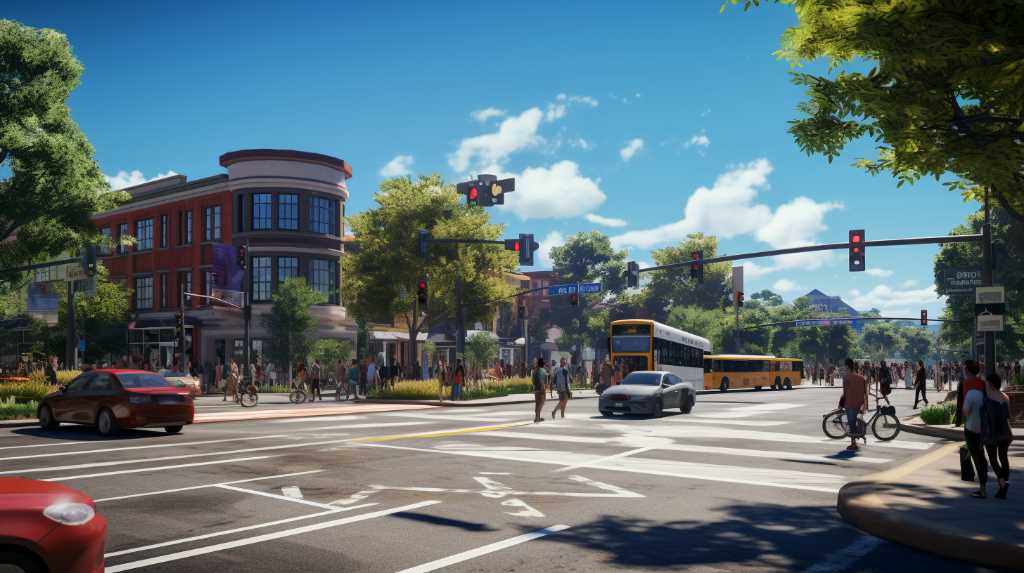
If you’re driving in Riverside, California, it’s important to know the local traffic rules to stay safe and avoid tickets. Here’s what you need to keep in mind:
- Watch your speed. Speed limits change depending on where you are, like near schools or on highways. This helps make sure everyone’s driving at a safe speed.
- At stop signs and lights, know who goes first. This keeps traffic moving smoothly and prevents accidents.
- Park correctly. Follow the signs and lines to make sure you’re not blocking the way and that there’s room for everyone.
- Don’t drink and drive. Riverside is tough on drunk driving to keep the roads safe.
- If you ride a motorcycle, learn about lane splitting. It’s legal in California, but you need to do it the right way.
Remembering these rules will help you drive safely and legally in Riverside.
Speed Limit Compliance
In Riverside, following the speed limit is taken seriously because it keeps everyone safer on the roads. Studies show that when people stick to the speed limit, there are fewer car crashes. To make sure drivers slow down, police often patrol the streets and there are cameras that catch speeders automatically.
To help drivers understand why speeding is dangerous, there are also education campaigns. If you get caught speeding, you can get a ticket with a big fine, points on your driving record, and your car insurance might cost more. All these steps work together to help prevent accidents and save lives on Riverside’s streets.
Right-of-Way Guidelines
Shifting our focus from following speed limits, it’s essential to understand the right-of-way rules in Riverside for keeping traffic smooth and preventing accidents where roads meet. These rules are clearly defined to avoid confusion and make driving predictable.
In Riverside, like anywhere in California, you need to let pedestrians walk across streets in both marked and unmarked crosswalks. If there’s no traffic light or sign at an intersection, the first driver to get there goes first.
If you’re driving out of a driveway or alley, you have to wait for cars already on the street. Also, in a traffic circle or roundabout, give way to cars that are already inside.
Parking Rules Overview
In Riverside, California, there’s a set of clear parking rules to help everyone use the streets safely and efficiently. Let’s break them down.
You can’t park next to red curbs because they mean ‘no parking, any time’ – this keeps the way clear for emergencies and traffic.
Green curbs are for short-term parking; just make sure to check the signs for how long you can stay.
If you see a blue curb, that’s for people with disabilities. You’ll need a special placard or license plate to park there.
These rules are really important because they keep cars from blocking the road, help everyone get around more easily, and make sure parking is fair.
If you don’t follow these rules, you might get a fine or even have your car towed. So it’s a good idea to pay attention to the curb colors and signs to avoid any trouble.
DUI Enforcement Policies
Riverside takes road safety seriously and has strict rules against drunk driving to keep everyone safe. Police work hard to catch drivers who have had too much to drink by patrolling regularly, setting up checkpoints, and using tools like breathalyzers to check if drivers are over California’s legal limit for alcohol in the bloodstream, which is 0.08% for drivers aged 21 and up.
Younger drivers aren’t allowed any alcohol in their system. If you break these rules, you could face tough consequences like heavy fines, losing your driver’s license, or even going to jail. These tough rules are in place because Riverside wants to lower the number of drunk-driving accidents and make sure everyone on the road, including walkers and bikers, is safe.
Motorcycle Lane Splitting Laws
In Riverside, California, you’re allowed to ride your motorcycle between two lanes of stopped or slow-moving cars, but only if it’s safe and doesn’t cause problems for other drivers. While there’s no set speed limit for doing this in the law, the California Highway Patrol suggests you shouldn’t go more than 10 mph faster than the cars around you.
Also, it’s best not to lane split at all if traffic is moving faster than 30 mph. These tips are there to help prevent accidents and keep everyone on the road safe.
Conclusion
Understanding the traffic laws in Riverside, California, is key to keeping our roads safe. Following speed limits, knowing who has the right of way, parking correctly, and not driving under the influence are all important for preventing crashes and saving lives.
Also, since California allows motorcycles to ride between lanes of traffic, it’s really important for everyone on the road to pay extra attention.
By knowing and following these rules, we help make sure that everyone gets where they’re going safely.